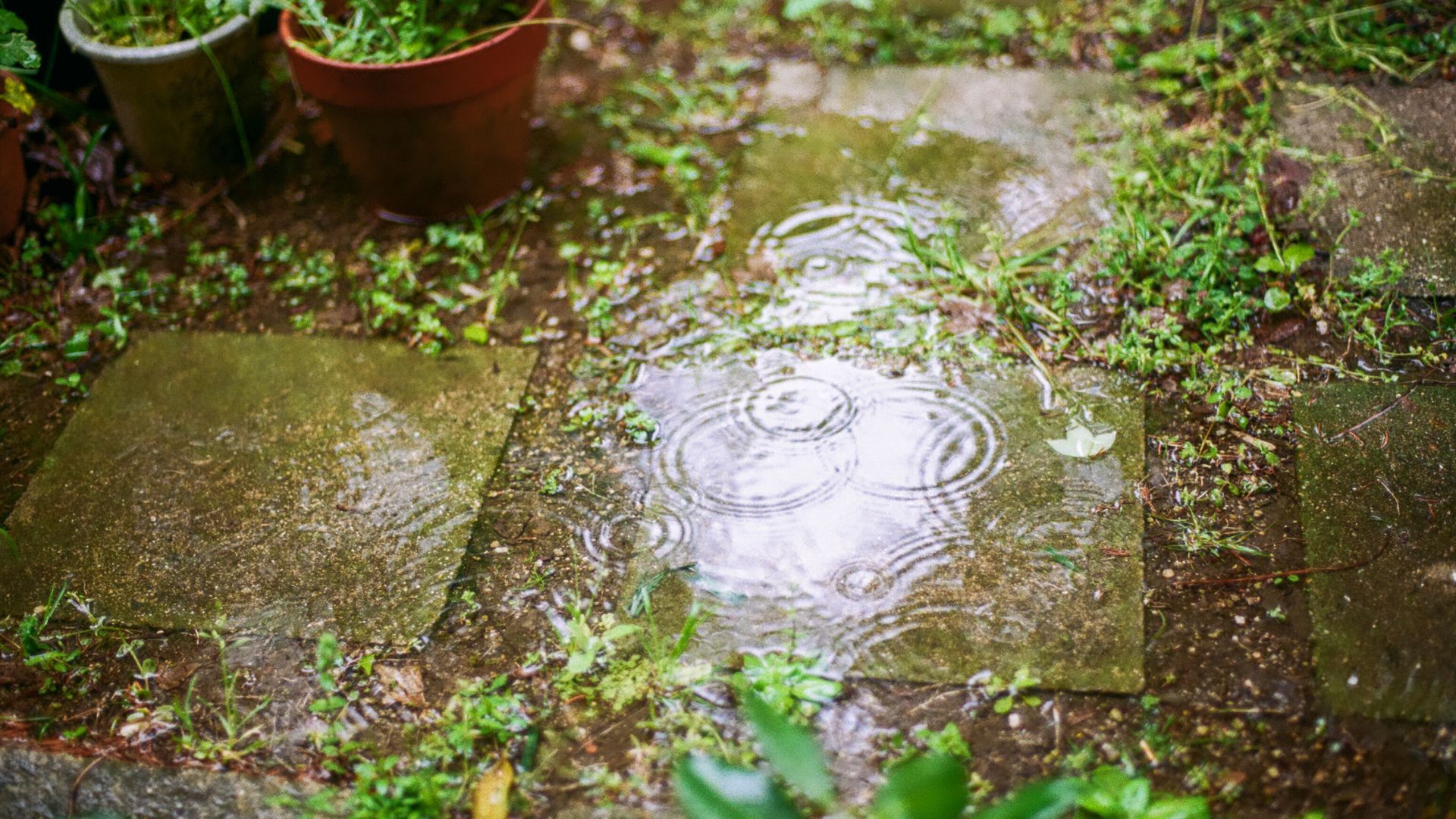
There's no denying it anymore, autumn is here and with it comes the wetter weather. This means there's no time like the present to prepare and protect your garden from possible heavy rainfall.
If you're up to date with the latest garden trends you might have heard of rainwater harvesting and the way it can help your garden not only survive but thrive in wet conditions. This is of course the best way to protect your garden throughout winter, however, there are other ways you can handle severe weather.
Aside from rainscaping, you can take simple steps to keep your plants, furniture and lawn safe during heavy downpours.
How to protect your garden from heavy rain
After spending the summer working away in your garden, planting patio container plants and avoiding lawn care mistakes, the last thing you want is for it to be washed away by the rain.
Luckily you don't have to panic just yet as gardening expert Jack Stooks is here to help prepare and protect gardens from heavy rain.
1. Secure any loose objects
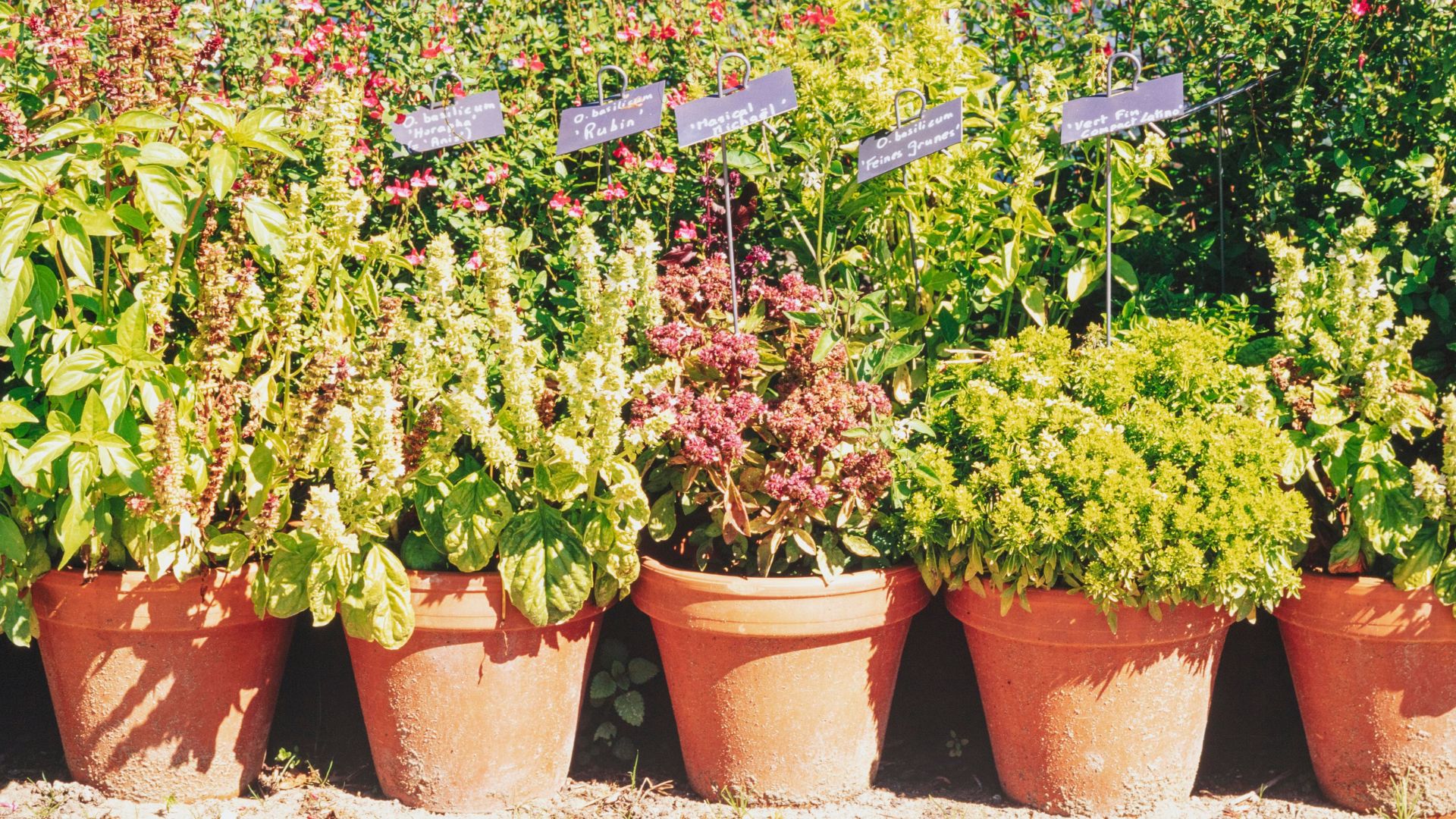
One of the first things you'll need to do before the bad weather hits is make sure all the loose things in your garden are tied down or stored safely. Just make sure you don't fill your shed with household items that shouldn't be in there.
Jack explains, "Whether it's umbrellas, chairs or tables, you need to ensure those types of objects are either out of the way, in a shed or somewhere where they’re not going to blow over."
"You don’t want them to be flying around and smashing into plants and breaking branches. When it comes to trees that have canes, you need to make sure all the ties on the canes are properly secured, so they don’t blow over and snap," he adds.
If you have a greenhouse, especially if it's made of glass, you'll need to make sure you take plenty of precautions so nothing can smash into it. Always make sure your greenhouse and shed doors are tightly closed so nothing is blowing or banging when the gale-force winds hit.
2. Cover any tender plants
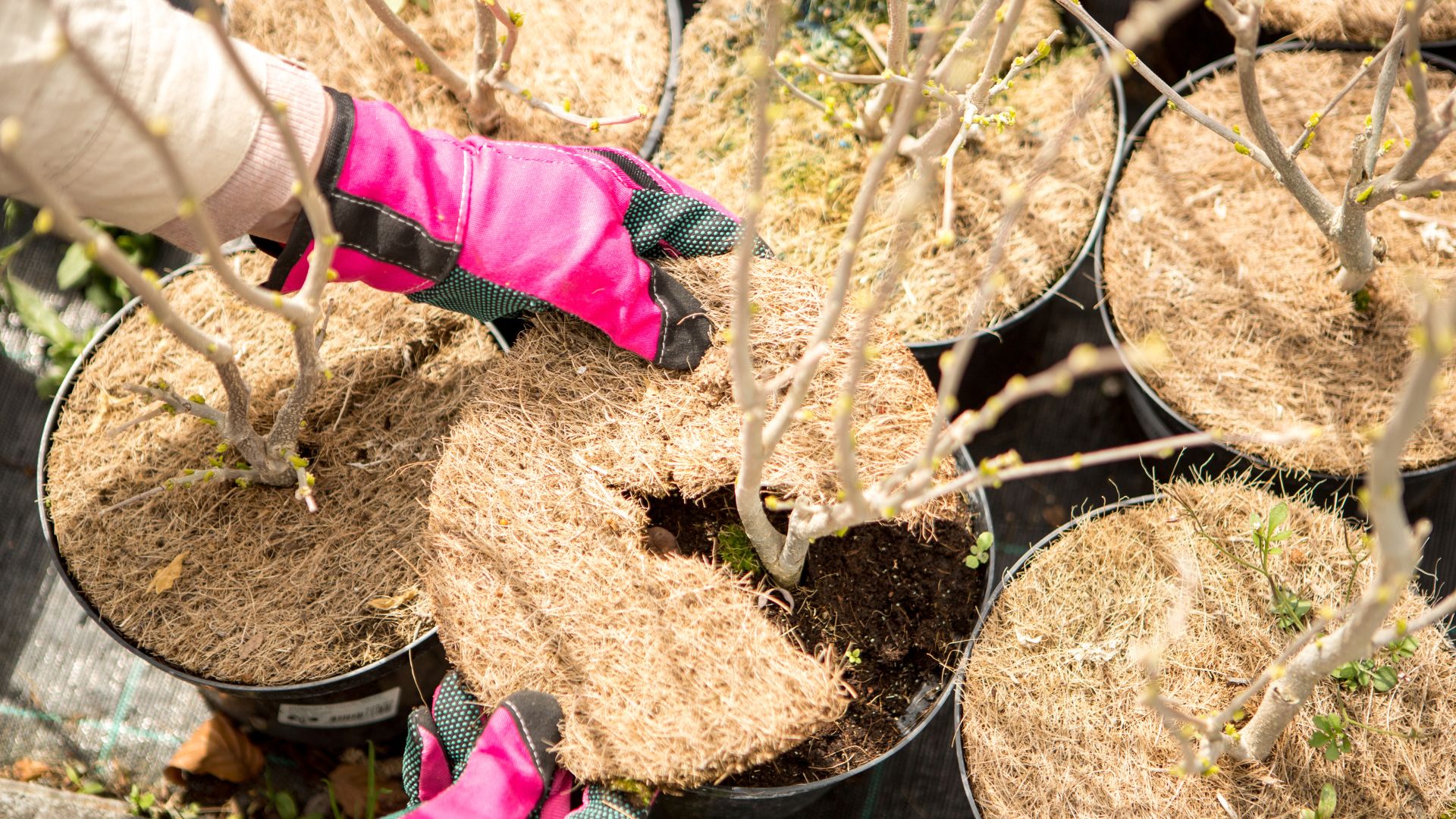
In the same way you'd protect your plants from frost, making sure they're safe from the rain can be done with similar tools.
"Tender plants in stormy weather can easily be protected with a covering. When you’ve got tender plants and you cover them over, you want to make sure that what you’re covering them with is secured down to protect them from the winds," explains Jack
A common tool for protecting plants is fleece, which is great but Jack points out that you'll need to make sure you fasten it down with metal pins or big canes.
He adds, "Make sure the canes are bashed into the soil to make it really secure. That way, they won’t come off and blow all over the place, otherwise that will defeat the purpose of them."
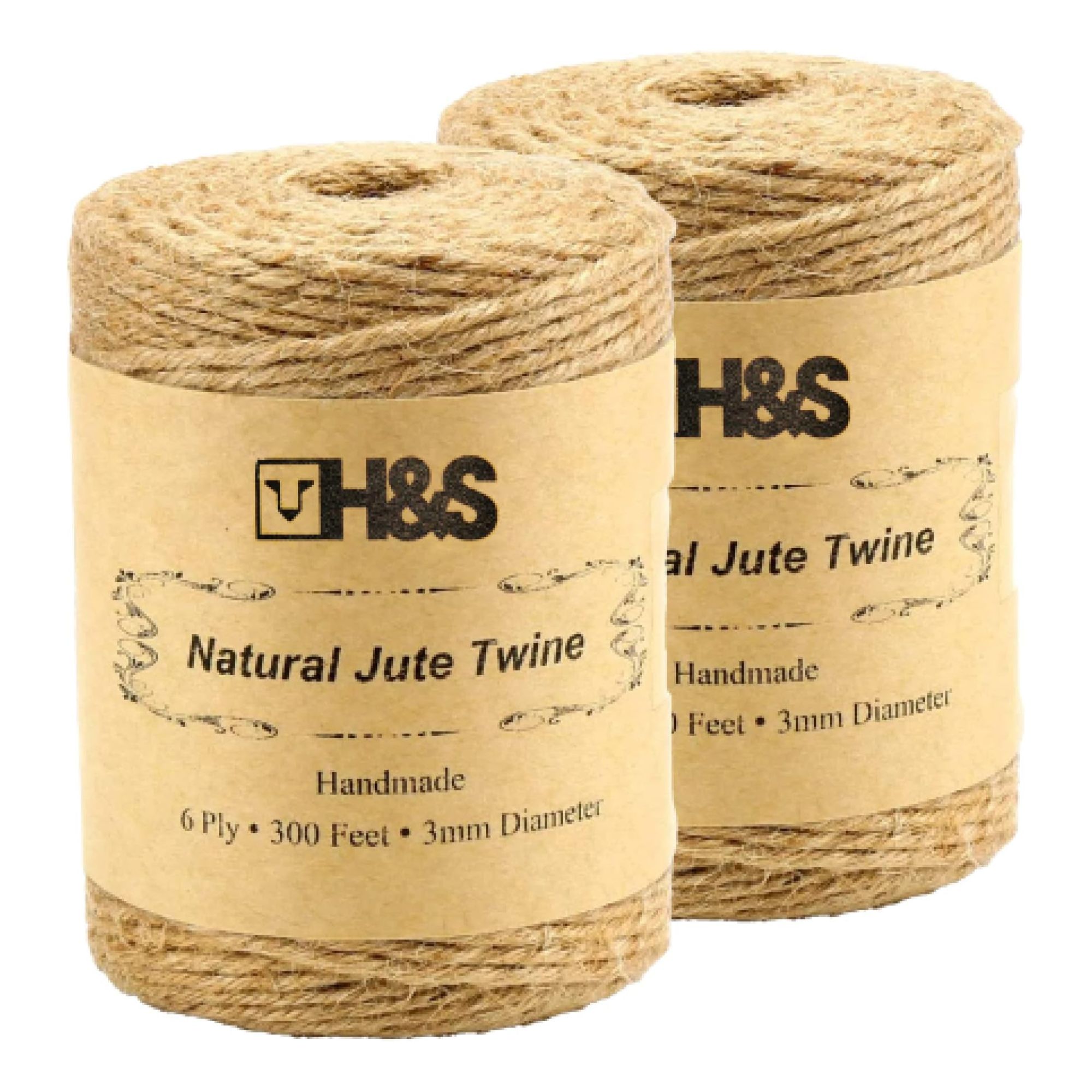
RRP: £8.99 | Looking for another reel of twine to tie your plants down? Look no further, this natural jute twine is perfect for the job and is 3mm thick so it'll withstand whatever the UK weather throws at it.
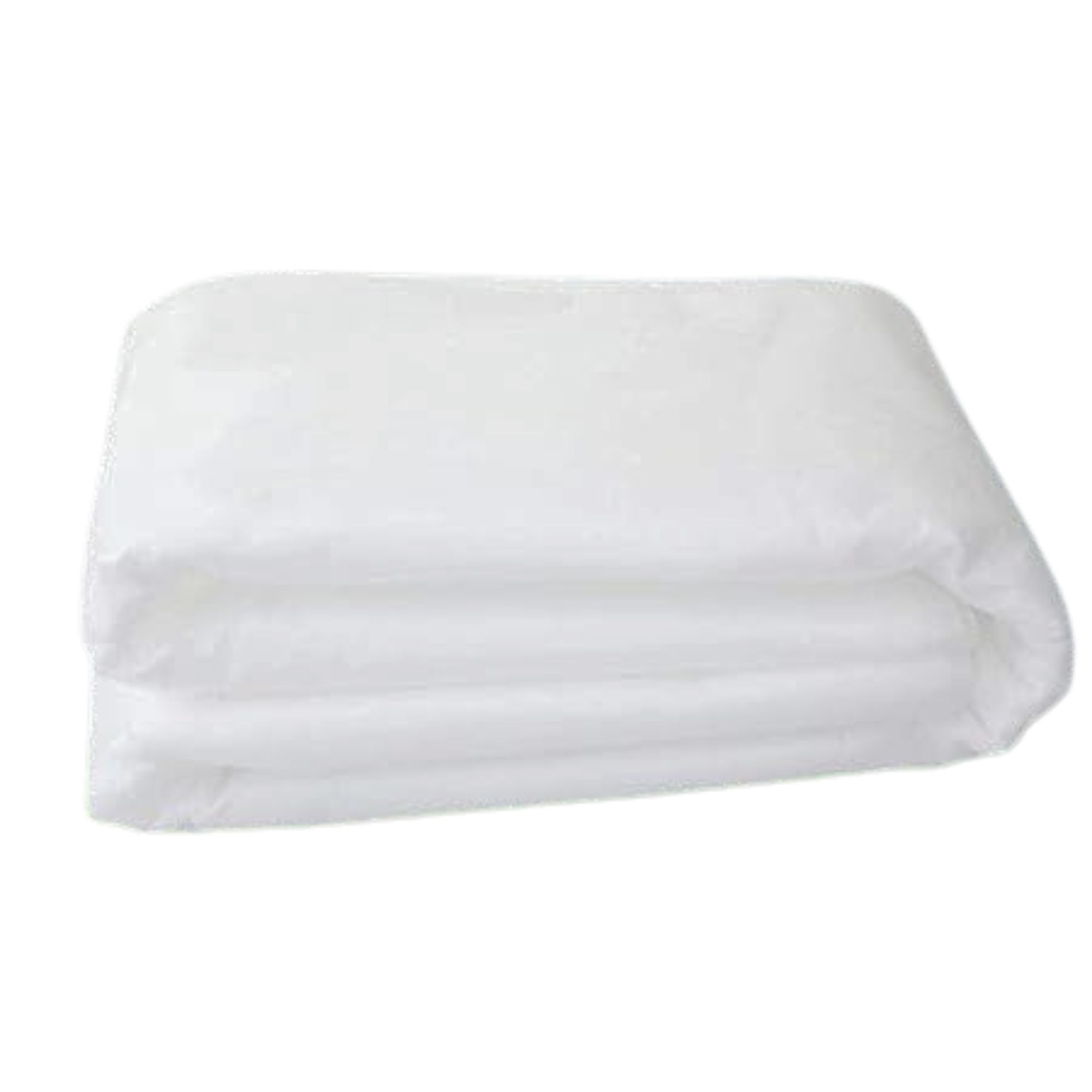
RRP: £15.99 | Made of 30sgm non-woven polypropylene fabric this fleece gives enhanced frost protection and protects down to -5/-6 degrees. It's designed to last longer than one season and shouldn't rip easily when tugged on.
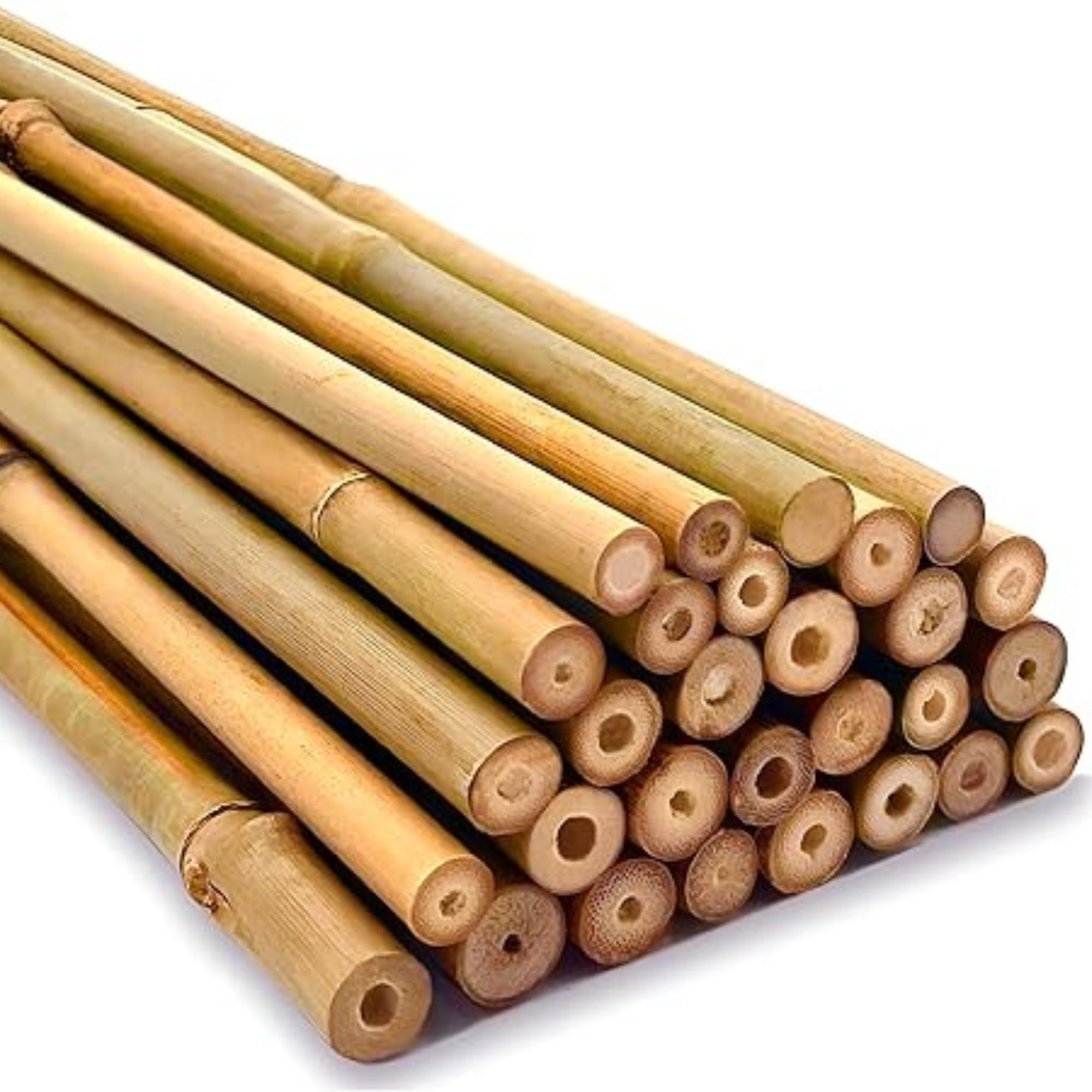
RRP: £12.99 | Bamboo canes are a great way of supporting your plants when the bad weather hits. We'd recommend buying taller canes than you think you need as you can always cut them down and use them with various species around the garden.
3. Prevent plants from being waterlogged
After spending all summer strictly watering your garden plants properly, you won't want them to become waterlogged in winter.
Jack says, "Protecting smaller plants is not really as much of a problem because they’re used to UK weather. However, there may be some plants that you don’t want to get too damp, wet or sodden."
If you know you have plants that don't like much water, like lavender, then Jack advises you to dig them up and put them into a container that you can store in a shed or greenhouse. That way they're safe from overwatering.
4. Choose weather appropriate plants
It may sound silly but preparing well in advance and planting mainly winter bedding plants and such can make life a lot easier this time of year.
"Find things that are suited to our weather, rather than things that go against the weather in the UK," says Jack.
And this means everything in your garden, from choosing the sturdiest garden fence designs to the best outdoor furniture. Investing in better quality products and structures will ensure they last easily through the winter.
5. Let nature take its course
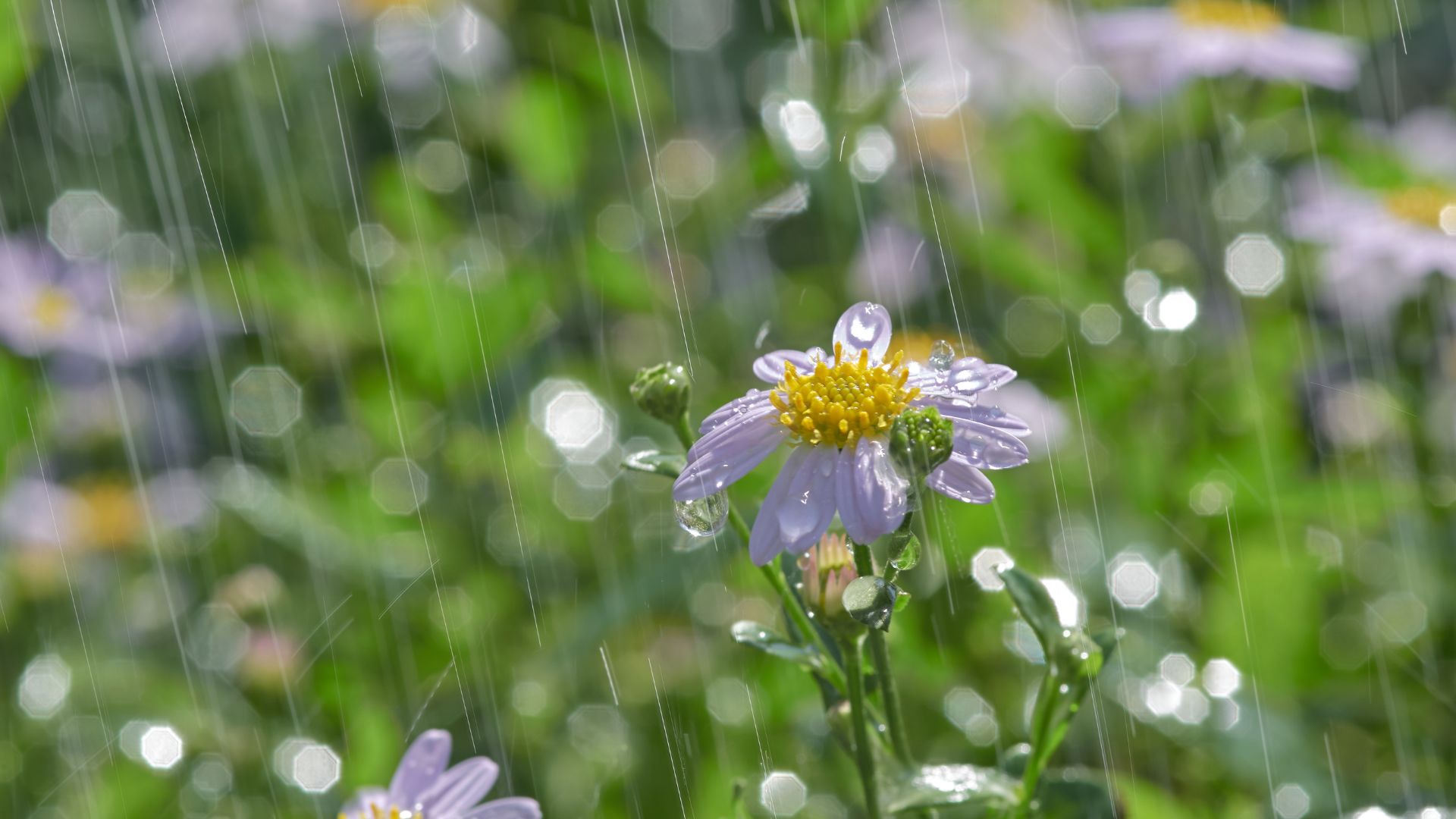
As much as you can try to protect your garden from blistering winds and torrential rain, there's truly only so much you can do. Actually, these harsh conditions can be beneficial for your plants.
Jack echoes this, " If you’ve got a large shrub that you’ve never pruned, what you might find is that one or two of the branches are blowing like crazy in this weather and they’ll snap. That’s the nature of gardening."
"From there, go in and prune the two trunks that have fallen and broken. This will help to produce new growth. It’s quite easy to get disheartened when things like this happen, but quite often, it brings new growth and you get a nice plant from it," he finishes.
Once you've got your outside space prepared for the cold weather ahead, why not tackle indoors and try out some autumnal decor ideas? Creating a cosy atmosphere in your home can make such a difference to your mood when the weather is bad!







